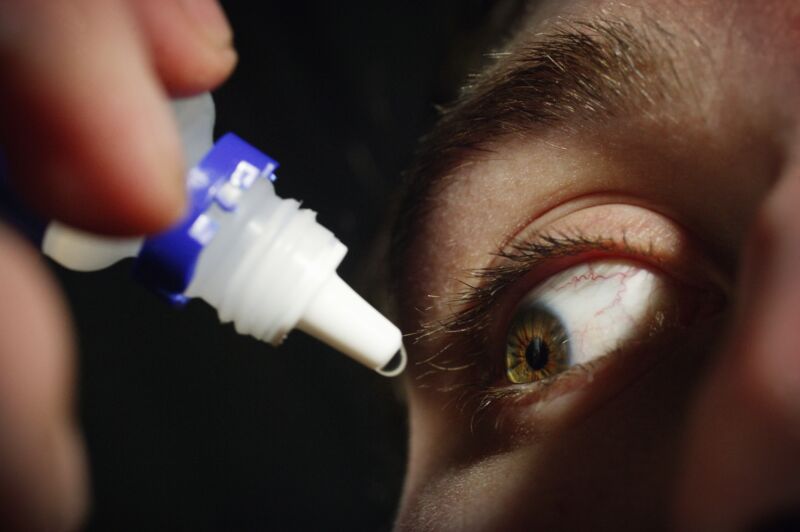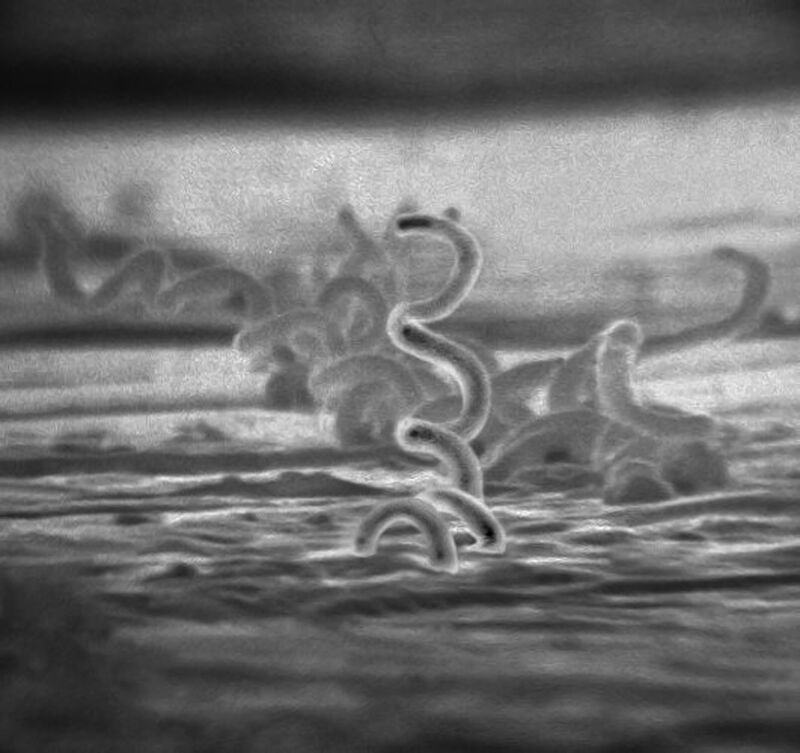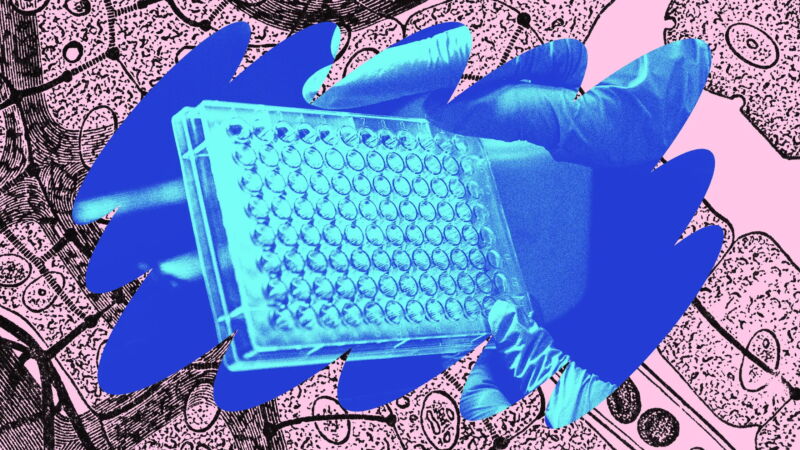-
 chevron_right
chevron_right
Ukraine war spurs horrifying rise in extensively drug-resistant bacteria
news.movim.eu / ArsTechnica · Tuesday, 11 July, 2023 - 23:04 · 1 minute

Enlarge / Ukrainian medics of the battalion "Da Vinci Wolves" and "Ulf" paramedical unit transfer a wounded Ukrainian soldier to a stabilization point on the Bakhmut front as the Russia-Ukraine war continues on April 6, 2023. (credit: Getty | Diego Herrera Carcedo/Anadolu Agency )
Russia's invasion of Ukraine is fueling a dangerous rise in bacterial drug resistance—an alarming reality made clear by a recent case report of an injured Ukrainian soldier who became infected with six different extensively drug-resistant bacteria, one of which was resistant to every antibiotic tested.
Health experts are sounding the alarm that the nearly unbeatable germs will likely spread beyond the war-torn country's borders. "Given the forced migration of the population, multidrug resistance of wound pathogens is now a problem not only for Ukraine but also for healthcare systems around the world, especially in the EU," Ukrainian scientists and doctors wrote in a recent letter in the Irish Journal of Medical Scientists.
The rise of antibiotic resistance is a long-standing, critical threat to global public health. In 2019, antimicrobial resistance was directly responsible for an estimated 1.27 million deaths worldwide and linked to an estimated 4.95 million total, according to an analysis published last year in the Lancet .








